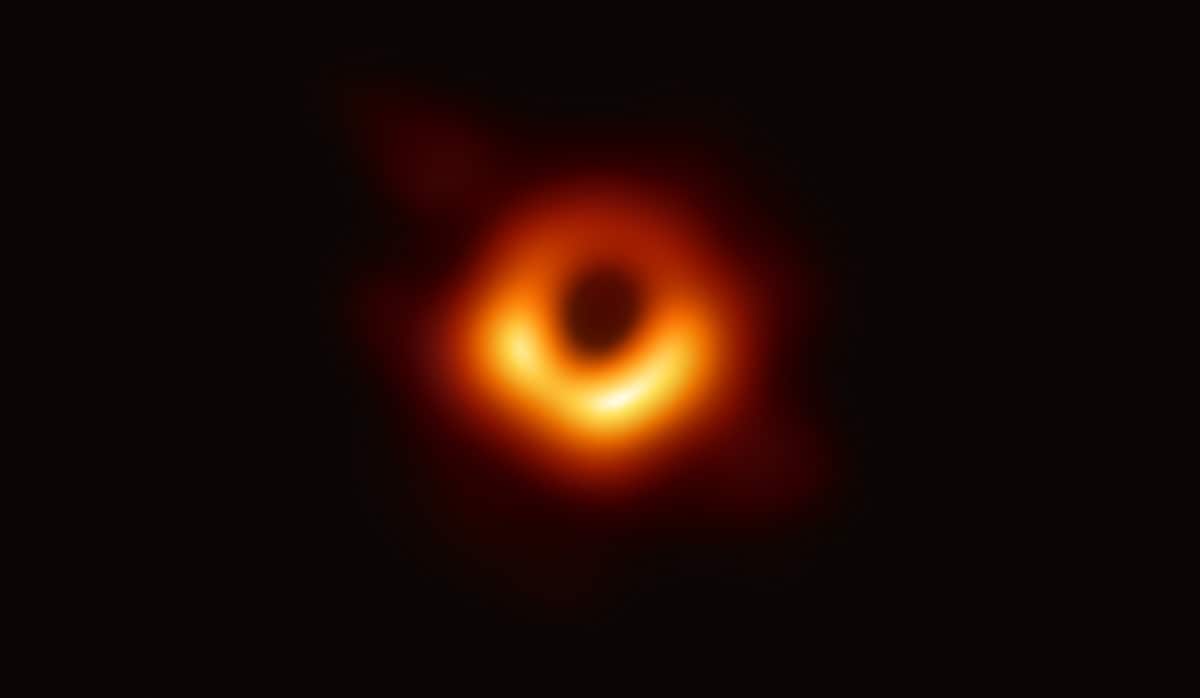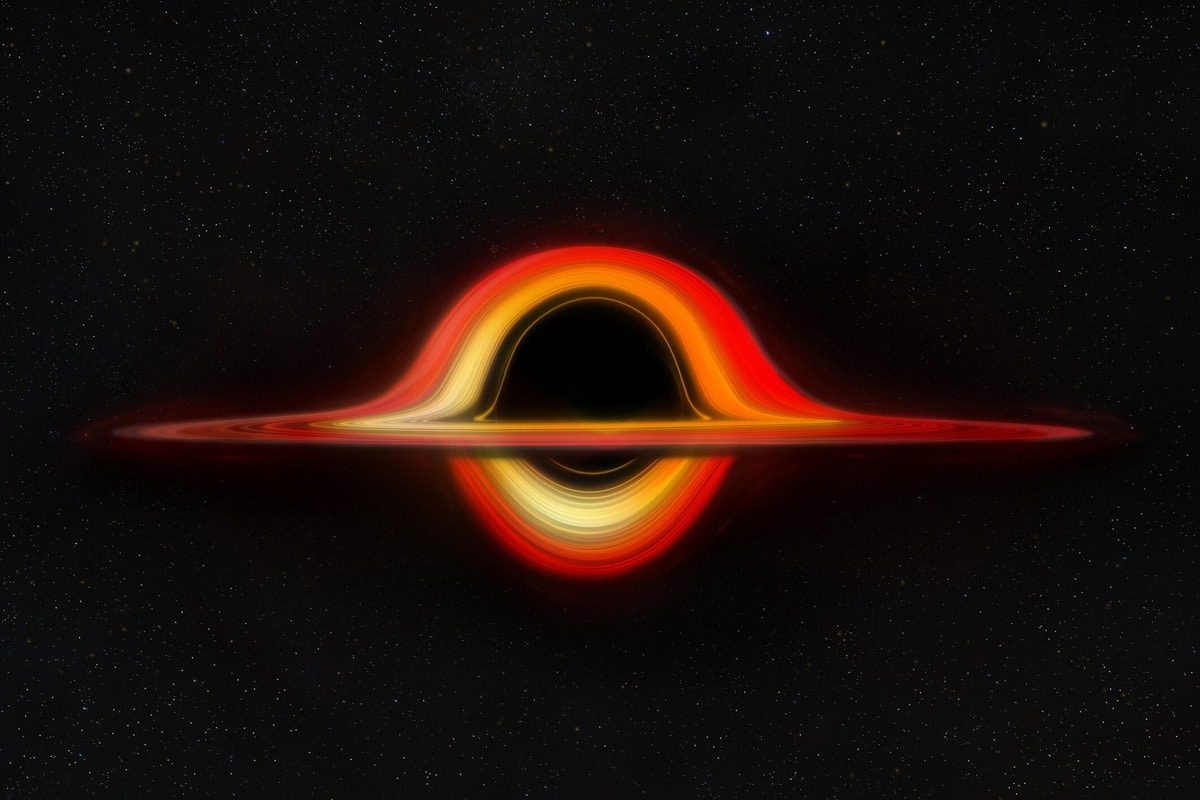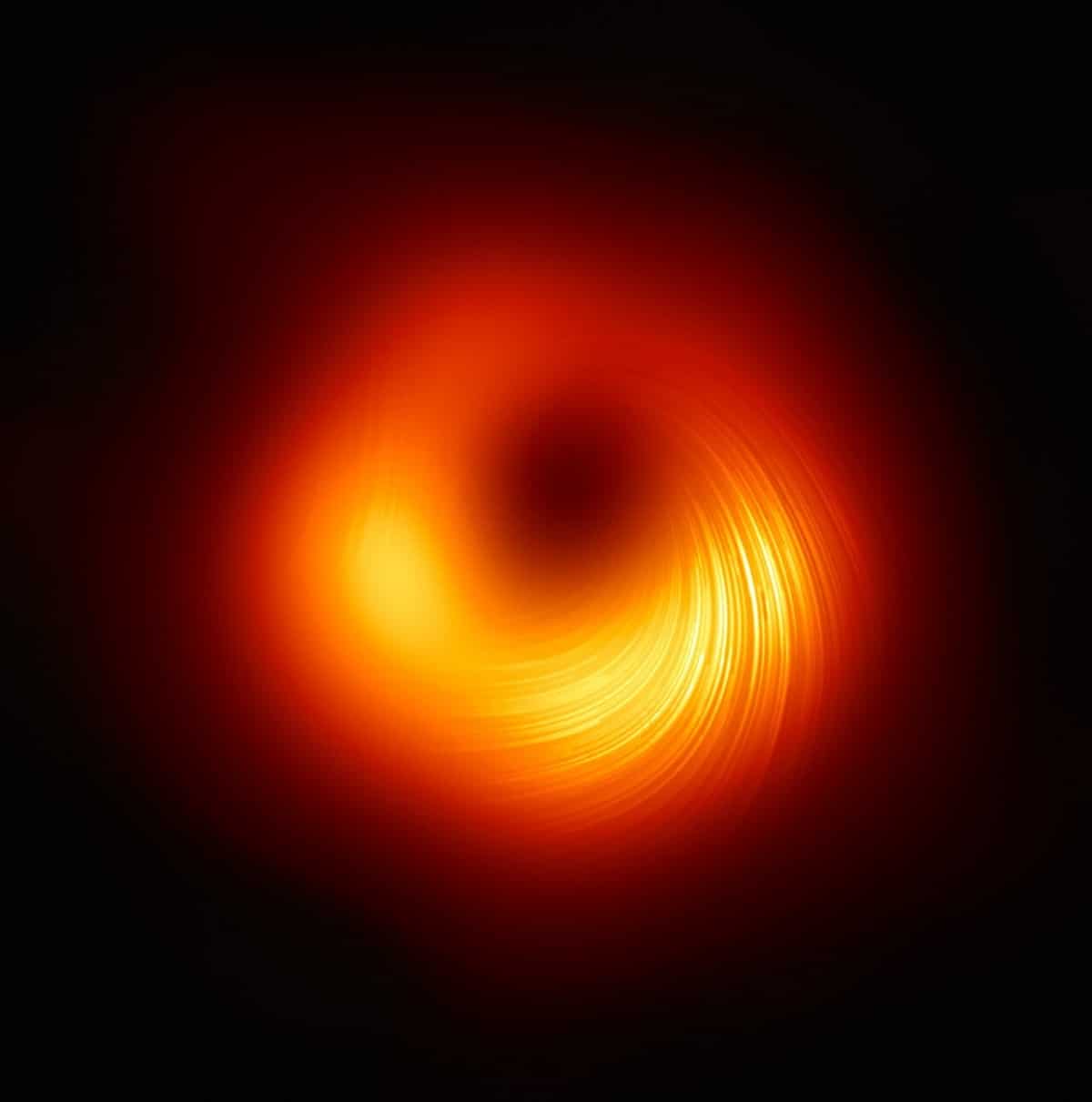
The black hole at the center of the Perseus galaxy cluster has been associated with sound since 2003. This is because NASA astronomers have discovered that pressure waves from black holes cause ripples in the hot gas in this galaxy cluster. The recorded sound can be translated into a note, which we as a human species cannot hear because it is 57 octaves below middle C. Now a new sonority brings more notes to the register. How does a black hole sound? It is something that has worried the scientific community.
Therefore, we are going to tell you in depth what a black hole sounds like and how it has been discovered.
How does a black hole sound?

In some ways this sonication is different from any sound captured before because it revisits the actual sound waves found in data from NASA's Chandra X-ray Observatory. Since childhood, we have always been taught that there is no sound in space. This is based on the fact that most of space is essentially a vacuum. Therefore, it does not provide any means for the propagation of sound waves.
However, a galaxy cluster has a large amount of gas that encloses hundreds or even thousands of galaxies. In this way, they create a medium for sound waves to travel. In this new sonification of Perseus, sound waves previously identified by astronomers are extracted and heard for the first time. Sound waves are drawn in a radial direction, that is, away from the center. Later, the signals are resynthesized in the human hearing range, raising their actual pitch by 57 and 58 octaves.
The sound is heard 144 billion times and 288 billion times higher than its original frequency. Scanning is similar to radar around an image, allowing you to hear waves emanating from different directions.
More voices in another black hole

In addition to the Perseus cluster of galaxies, a new sonification of another famous black hole is underway. After decades of research by scientists, the Messier 87 black hole has achieved celebrity status in the scientific community after it first launched the Event Horizon Telescope project in 2019.
The brightest area on the left side of the image is where the black hole is. The structure in the upper right corner is the jet produced by the black hole. It is worth mentioning that the jet is produced by matter falling onto the black hole.
Sonification scans the image in three levels from left to right. So how did this "space choir" come about? Radio waves are assigned to the lowest tones, optical data at midtones and X-rays (detected by Chandra) at higher tones.
The brightest parts of the image correspond to the noisiest areas of the sonification. That's where astronomers discovered the 6.500 billion solar mass black hole captured by the Event Horizon Telescope.
How did they catch the sound?

Although humans lack super-developed hearing, the sonification achieved by scientists allows these captured waves to be resynthesized within the range of the human ear, on a scale of 57 and 58 octaves higher than the actual pitch, which means that you hear 144 and 288 billion times higher than its original frequency, which is a quadrillion.
Although this is not the first time that this sonification has been carried out, since this time the real sound waves recorded by the CXC were reviewed. It is important to emphasize that astronomy is advancing by leaps and bounds, since just three years ago a real image of a black hole eight times the size of the solar system was published.
So now you know what monsters and horrors that planets and entire galaxies never want to encounter sound like.
Community reaction to discovery
The popular misconception that there is no sound in space follows from the fact that most of space is essentially a vacuum, it does not provide a medium for sound waves to propagate. But a galaxy cluster has large amounts of gas that can engulf hundreds or thousands of galaxies, providing a medium for sound waves to travel.
We can hear these sounds because NASA uses a sound machine that basically processes astronomical data recognizable by the human ear.
Black holes have such a strong gravitational pull that you can't even see light. NASA didn't provide much data on what it found in the black hole, but when the sounds were revealed, the internet was flooded with comments saying it was either "ghost noise" or "millions of different forms" of life. .
Of the more than 10.000 comments NASA posted on its social network, some ranged from "the most beautiful thing you have ever heard" to others who said "stay away from Earth" or "these are the sounds of cosmic horror«.
Here we leave you with the sound of the black hole:
I hope that with this information you can learn more about what a black hole sounds like and the most important discoveries in astronomy.